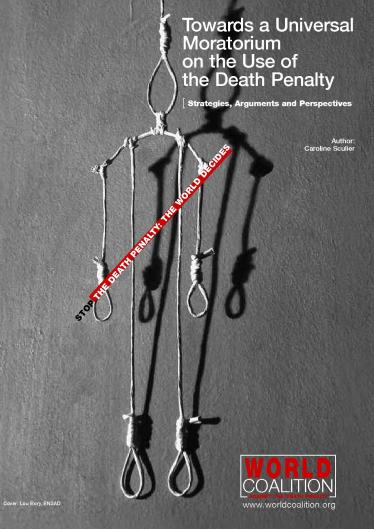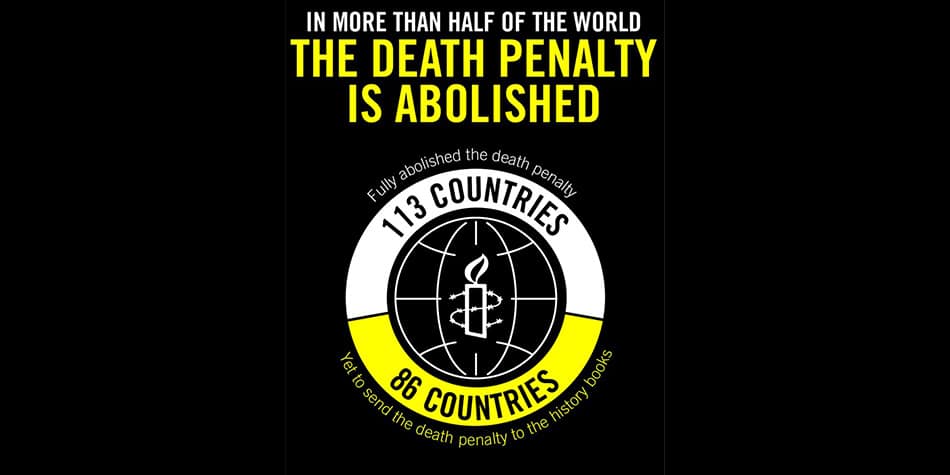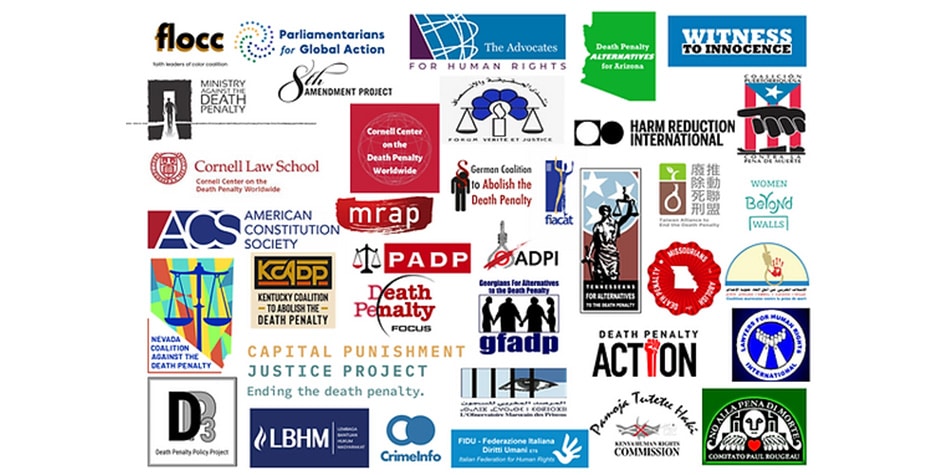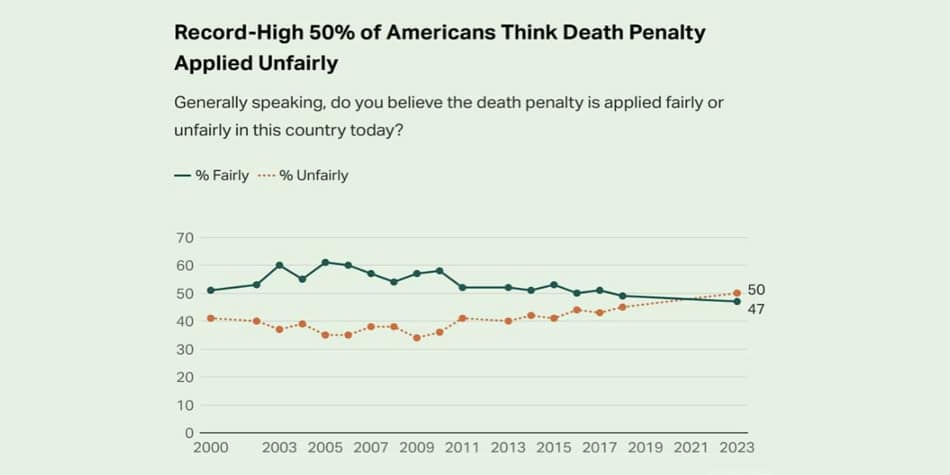US death sentences hit new low in 2009
Statistics
According to the Death Penalty Information Center’s (DPIC) annual report, US courts sentenced 106 people to death in 2009, “the seventh straight year of decline”. There were 111 death sentenced in 2008 and 284 a decade ago, in 1999.
Some 52 people were executed in the US last year. This is more than in 2008, as the Supreme Court review of lethal injection procedures suspended executions for most of that year. But the number of execution was nearly halved in ten years.
“The principal story of 2009 was the impact of the deep economic crisis facing the country. As states were forced to cut essential services, many leaders concluded the death penalty was a wasteful government program that should be considered for repeal,” DPIC’s report noted.
New Mexico abolished the death penalty last year, and legislatures in ten other states considered similar moves, often citing cost as an issue. Some prosecutors also decided not to pursue death sentences because of the enormous associated costs.
Meanwhile, nine death row inmates were proven innocent and exonerated in the US in 2009, the second highest number since 1973.
Texas exemplifies national trend
The trend is most evident in Texas, where nearly half of all US executions take place. Nine people received death sentences there in 2009, again the lowest number since 1976. In its annual report, the Texas Coalition to Abolish the Death Penalty (TCADP) concluded: “Concerns about innocence, arbitrariness, cost, and fairness generated unprecedented scrutiny of the administration of justice in the nation’s most active death penalty state.”
TCADP also noted the growing use of life sentences without the possibility of parole as an alternative to the death penalty. “Prosecutors and juries increasingly accept the alternative punishment of life in prison without the possibility of parole as a reliable way to punish the guilty, protect society, and guard against convicting and executing innocent people,” the organisation wrote.
Two death row inmates were exonerated, and six others saw their sentence commuted, often for mental health reasons. Meanwhile, repeated independent investigations showed that Cameron Todd Willingham, a man executed in Texas in 2004, was in fact innocent.
Cost also emerged as an issue as TCADP remarks that Gray County spent 10% of its budget on the prosecution and sentencing to death of Levi King, who was found guilty of murders committed in the area.
Those developments occurred against the backdrop of legislative efforts to make the administration of the death penalty stricter in Texas. TCADP notes that several such pieces of legislation were passed in 2009, including one establishing a Capital Writs Office that will employ specialised attorneys and investigators to help indigent death row inmates in state habeas cases.
Administration of death penalty questioned
In other states, too, the administration of the death penalty raised questions. Most of the debates focused on lethal injection protocols. Ohio was faced with a botched execution and switched to a controversial one-drug protocol, until then used only for animals.
“Executions are on hold in California, Maryland, Kentucky, and in the federal system because of challenges to the 3-drug protocol and the lack of public review before its adoption. North Carolina’s law remains unsettled. After abandoning electrocution as its method of execution, Nebraska adopted lethal injection, but the final protocols have not yet been approved,” DPIC noted.
In addition, the American Law Institute, the network of lawyers and academics whose influential recommendations help shape US law, removed the section referring to the administration of the death penalty from its Model Penal Code. “The Institute withdraws Section 210.6 of the Model Penal Code in light of the current intractable institutional and structural obstacles to ensuring a minimally adequate system for administering capital punishment,” its governing body stated in October 2009.
Download the DPIC report
Download the TCADP report
Download the ALI report







